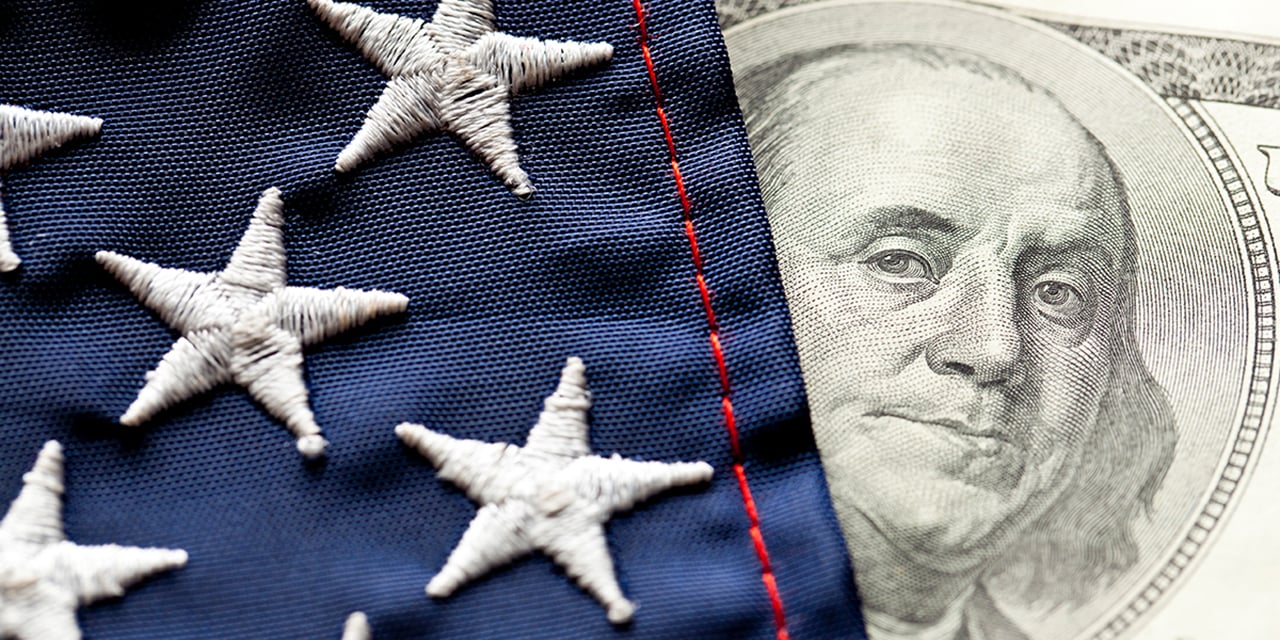
It's Baaack!
Here we are again: The United States has once again hit the debt ceiling, and the government can no longer issue any new debt unless and until Congress acts to raise the ceiling.
A number of years ago I wrote an Op-Ed for The New York Times, excoriating Texas Senator Ted Cruz for reading Dr. Seuss's Green Eggs and Ham for 21 hours on the floor of the U.S. Senate holding the debt ceiling hostage to his unrelated cause du jour... rolling back Obamacare.
This fall, as the U.S. Treasury runs out of tricks to keep our federal fiscal machinery running, we will no doubt see Congress once again play chicken with our country's full faith credit.
As my colleague, Strategas' Dan Clifton recently wrote, "Republicans have little appetite to raise the debt ceiling... making it clear they are not willing to vote for a straight debt ceiling increase given the Democrats are moving $6 trillion of spending under the budget reconciliation process."
Warren Buffett has aptly termed the debt ceiling a "political weapon of mass destruction." A default by the United States on its outstanding public indebtedness would have incalculable consequences for the global financial system and would permanently impair the dollar's status as the world's reserve currency. Treasury Secretary Janet Yellen warned of "irreparable harm to the U.S. economy and the livelihoods of all Americans" if Congress does not act on the debt limit.
Yet, ironically, voting not to increase the debt ceiling is one of the few levers members of Congress have, be they Republicans or moderate Democrats, to prevent an equally serious act of fiscal irresponsibility – namely, spending another $4 trillion on childcare, eldercare, housing, education, paid leave, pre-Kindergarten programs, health insurance, nutrition and other social priorities. Which, if enacted, would come on top of the following spending bills:
- $550 billion in new spending in the much-discussed bipartisan infrastructure bill which was just passed by the Senate and is awaiting consideration by the House of Representatives.
- the $1.9 trillion American Rescue Plan passed earlier this year;
- the $2 trillion COVID-19 relief CARES Act and the $500 billion Paycheck Protection Program.
All of which piles onto outstanding debt (both that held by the public and intergovernmental holdings) of over $28 trillion. The United States now owes others more than 126% of its gross domestic product. 100% is considered the threshold for avoiding a "debt spiral."
What will it take before our elected officials recognize there is, in fact, a limit to what we as a society can afford to spend – and that we are way, way past that point? Are we even capable of navigating between the Scylla of default and the Charybdis of excessive spending?
In my 2012 book Stewardship, I wrote about the Great Financial crisis as a preview – a case study in what happens when we fail to live up to our stewardship responsibilities. I warned that similar stewardship failures were showing up in our failure to responsibly manage the finances of our country.
The sequel to that frightening film is playing out now. As I said in 2012, the consequences could well make the last financial crisis look like child's play.